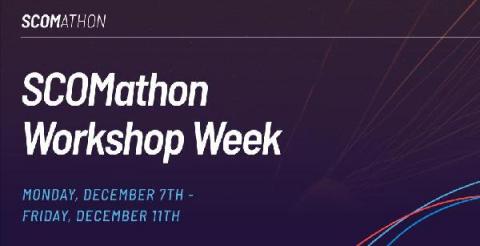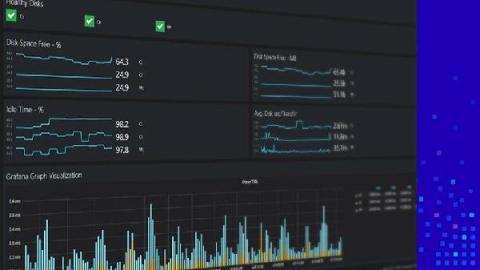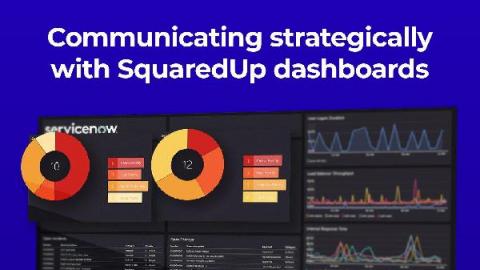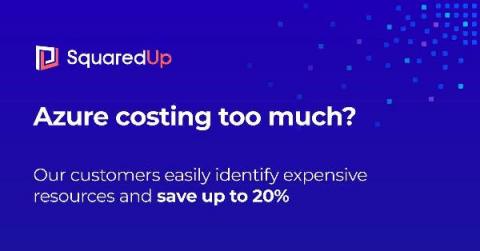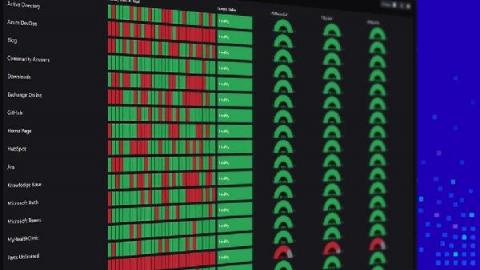Post-event review: SCOMathon Workshop Week
A couple months ago, we hosted a week of community-led SCOM workshops and networking. These hands-on workshops took a deep dive into a series of topics handpicked by the SCOM community itself – and we are thrilled that the community found it valuable, as we learned from our post-event survey.


